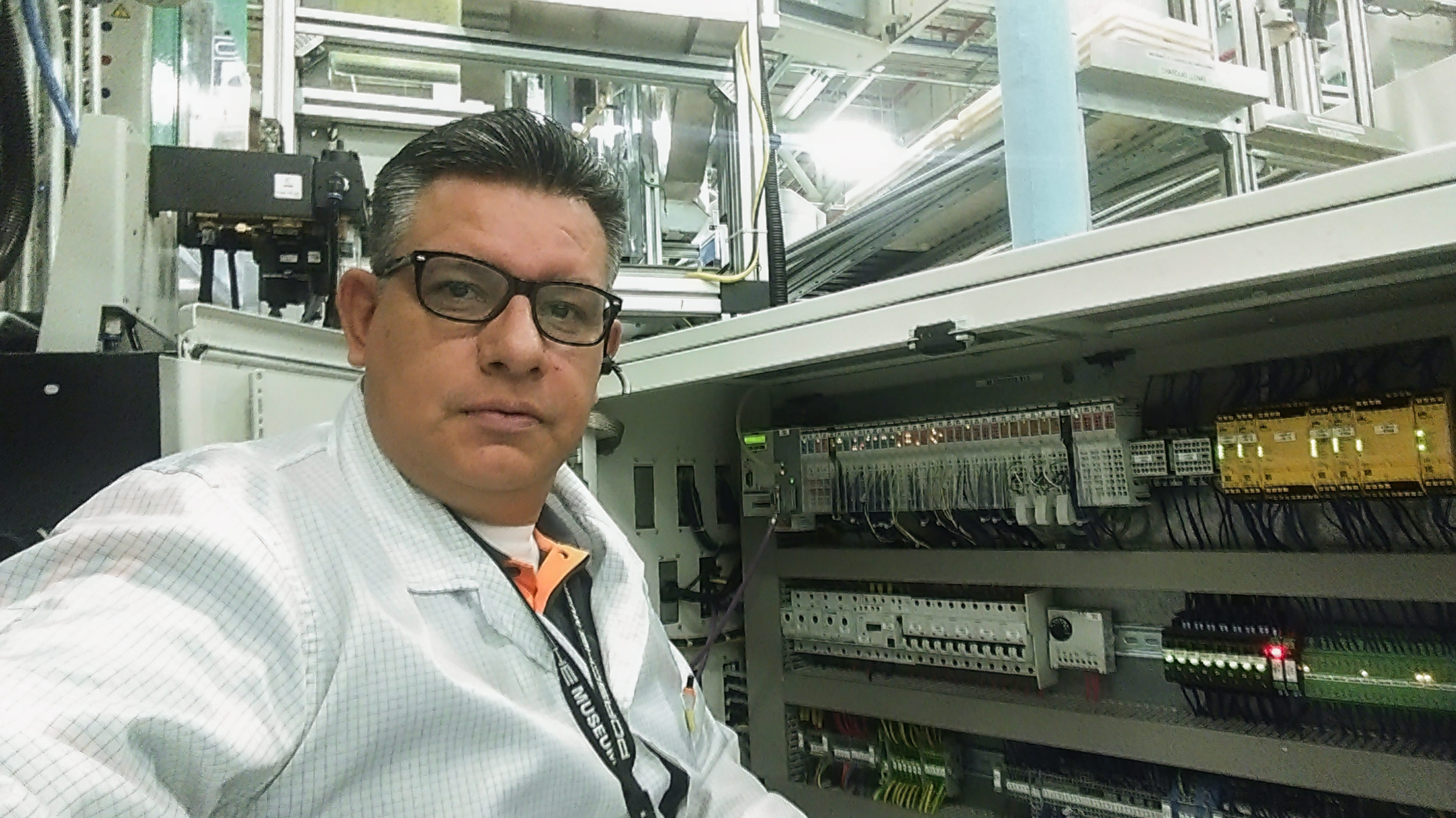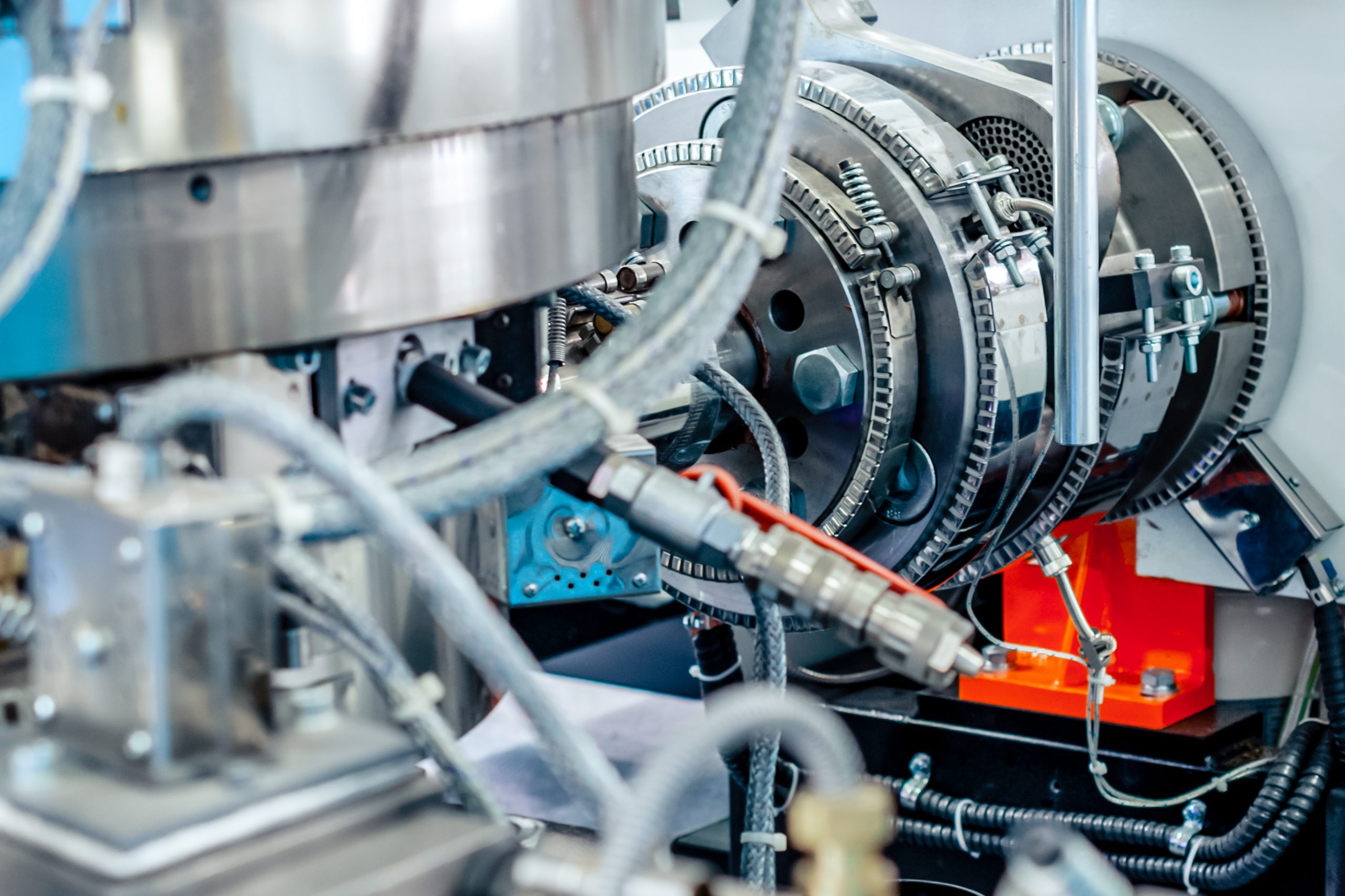In injection molding, conversations around return on investment (ROI) often center around flashier topics: faster cycle times, new automation, or cutting-edge materials. While those areas certainly contribute to profitability, there’s a less talked-about, often more powerful lever hiding in plain sight: uptime.
What Do We Mean by Uptime?
Uptime is more than just a machine running—it’s the absence of disruption. That includes the time saved by avoiding stuck parts, reducing startup scrap, eliminating guesswork in process restarts, and keeping the mold cycling smoothly without intervention.
These moments of downtime—though they may seem minor individually—add up fast. For molders producing high-volume, low-margin parts (like buckets or storage containers), even a single jammed part or adjustment can have a ripple effect. Multiply that over hundreds of cycles per shift, and the cost becomes tangible.
Buckets and the Problem of Predictability
Take bucket molding as an example. These parts are notoriously challenging due to their geometry and tendency to stick in the mold. When a part sticks, an operator might need to pause the machine, manually remove the part, and inspect the mold—sometimes requiring a full restart.
What’s the cost of that interruption? Not just in time, but in scrap, labor, and lost machine availability. And often, the fix is temporary—the same issue will occur again hours or days later unless the root cause is addressed.
Startup Scrap: The Silent Margin Killer
Another common productivity leak happens during startups and changeovers. Inconsistent startup processes lead to the production of non-conforming parts until the process stabilizes. If your team needs to “dial in” the process every time the machine is turned on, you’re likely losing more than you realize.
These early-run parts are rarely salvageable and add to both waste and cost. Worse, the variability during startups increases the likelihood of undetected defects making it to customers—a risk no molder wants to take.
Where ROI Really Comes From
So how do you get that ROI? It’s not always about running faster or cutting corners—it’s about stability.
Here are three foundational ways molders can improve uptime and boost profits:
- Eliminate Common Root Causes
Identify recurring issues like part sticking, startup scrap, or mid-run variation. Use data or structured troubleshooting to permanently resolve them rather than just react. - Standardize the Startup Process
Document and automate what a “good start” looks like. If possible, build startup procedures into machine controls or operator checklists to minimize variation. - Design for Process Stability
Whether it’s mold design, material selection, or machine settings, focus on creating a process that runs with minimal operator input. The more predictable it is, the more profitable it becomes.
Final Thought: Stop Less, Earn More
The best-run molding operations aren’t always the flashiest—they’re the most consistent. Every minute you spend troubleshooting, cleaning out scrap, or restarting a machine is time that could have been spent making good parts. That’s the hidden ROI of uptime: it’s not just about producing more, it’s about stopping less.
If you want to boost profitability, start by looking at where things slow down. Because in the end, uninterrupted molding is profitable molding.



